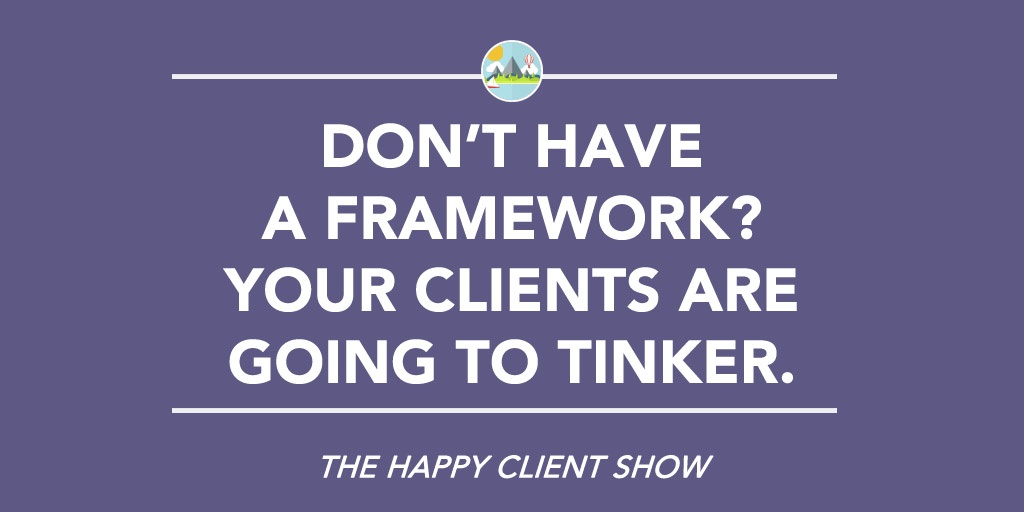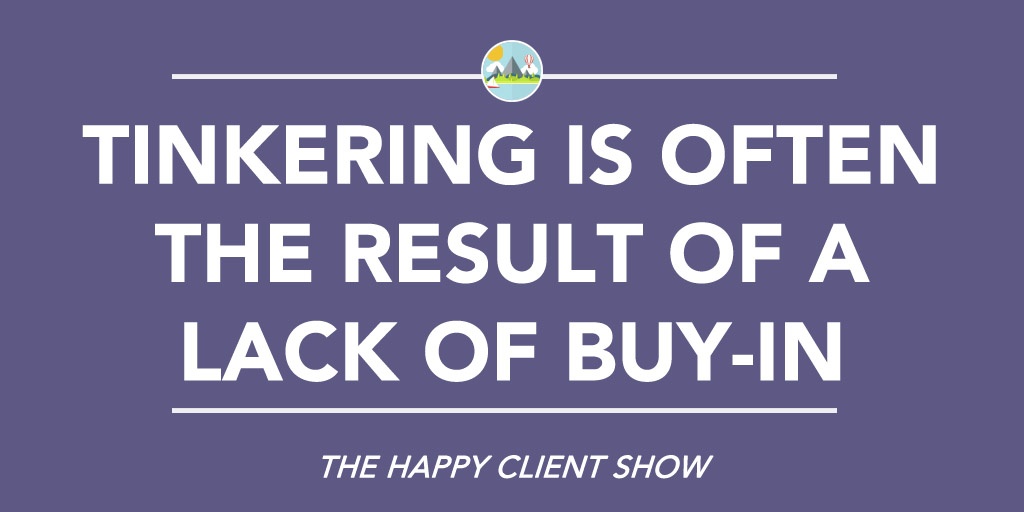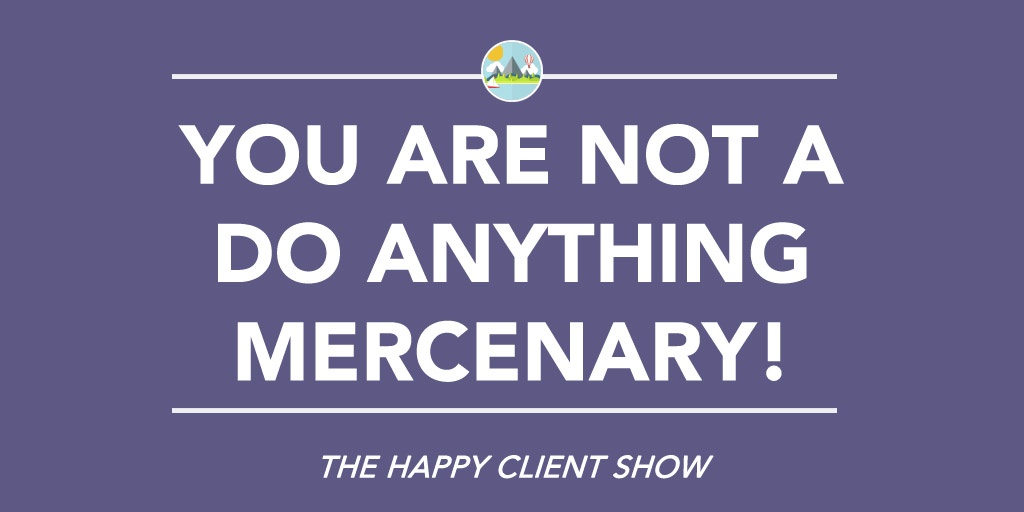How to Deal With a Client Who Tinkers with Your Campaigns
To chat with Gray and have ZenPilot lead your team through the last project management implementation you'll ever need, schedule a quick call here.
Have you ever dealt with a tinkerer?
Trust me—you’ll remember if you did.
The tinkerer is not the client trying to add value to your partnership with insightful collaboration and refining tweaks. It’s the person who wants to yank the cart off the path you’ve charted and prepared for.
Classic Signs of a Tinkerer
The tinkerer is notoriously swayed by outside events.
Maybe it’s the conversation they had with another “marketing” professional, or maybe they went to a conference and want to try a new idea without any additional validation that it will actually work for their business.
When left unchecked, a tinkerer can derail a project. If you allow this, yes, maybe you’ll make your clients happy in the short run, but eventually the failures of that derailment will be placed on your shoulders. It’s important to be able to prevent and stop it when it occurs.
Here are three ways you can deal with a client that tinkers with your campaigns.
1.) Prevent It By Building and Coming Into Every Engagement with a Framework
Are you wooshing into your relationships without a plan of attack? Well, then it’s pretty understandable why your clients are tinkering—they don’t see you as a thought leader.

Clients have goals, but they don’t always know how to reach them. That’s our job!
You should have a proven, repeatable framework that drives your client relationships. That framework should act as a road map from the beginning of the engagement through every milestone you’ll hit along the way. If you have a framework in place, and communicated from the beginning, I can almost guarantee you’ll eliminate 99% of tinkering right from the start.
For inbound marketing, our framework for leading clients to success looks like this:
- Inbound Marketing GamePlan—This is the strategy that will guide us for the first 12 months.
- Build the Engine—This is where we set up the marketing automation, funnel and build all of the cornerstone content.
- Tweak/Redesign the Website—In order to pull off the marketing activities, we need our client’s to have a website that will attract and convert.
- Inbound Marketing Campaigns—With everything set up, it’s time to run active Campaigns to attract Buyer Personas.
The GamePlan process has been extremely pivotal in our ability to prevent tinkering. The GamePlan process involves the key team members of an organization from the C-Suite to the sales team to the marketing department. By gathering these key people in one room, or on one call, we can draw out their concerns and create buy-in.
Tinkering is often the result of a lack of buy-in. If they truly were dedicated to your cause, they would be doing everything they could to push the cart forward.

2.) Set Clear Expectations from the Beginning of the Relationship
Clear expectations start in the sales process. From the first connection, be sure your team is communicating your framework, the way you operate, and how you approach marketing engagements.
You’re Not a “Do Anything” Mercenary

In sales, you shouldn’t be trying to convince people to work with you—you should be looking for reasons not to work with them. Why? Simply because if you want to build a scalable, outrageously successful agency you can’t position yourself as a “do anything” mercenary.
Rather, you should be positioning yourself as a strategic partner who has a proven method and process for getting results. You’re a consultant and a leader—not a battering ram. You honestly don’t want to take on clients who are looking for a mercenary.
Formalize Expectations in the Contract Phase
We say it again and again, but the contract phase is vital to turning expectations from ideas to concrete standards for an engagement.
Get your step-by-step approach documented in the contract and have your clients review and sign off on it.
Review Expectations During On-Boarding
Another significant milestone in any client relationship is the on-boarding. This is where you get everyone on the same page.
Many times, people who weren’t present during the sales and contract phase appear and come in without knowledge of the expectations you’ve established. That’s why it’s important to review the expectations once more with everyone present before you continue and get to work.
Continue Communicating the Milestones
Another process you should get in the habit of doing is to communicate milestones from the beginning.
You’ve laid out the journey, but continue to communicate the milestones you’re conquering and riding towards.
3.) Push Back
After you’ve done everything above to set a solid foundation for a successful engagement, there still may be some attempts at tinkering.
Remember—they hired you for your expertise and your framework. If they knew what to do, they wouldn’t have hired you.
If you feel the client trying to veer from the path then it’s as simple as bringing it up in a conversation. Point out your observations and point back to the road map you both agreed on. These kinds of conversations can be difficult, but they’re sometimes necessary to bring the operation back on schedule.
If you can’t bring them back on the path, it’s only a matter of time before things will go sour. So often, tinkerers pull you from the path and then blame you for the failure, which is not the position you want to be in.
Framework Wins Battles
If you haven’t developed your framework for client engagements, now is the time.
With it, you can prevent tinkering by casting a clear vision for you clients.




